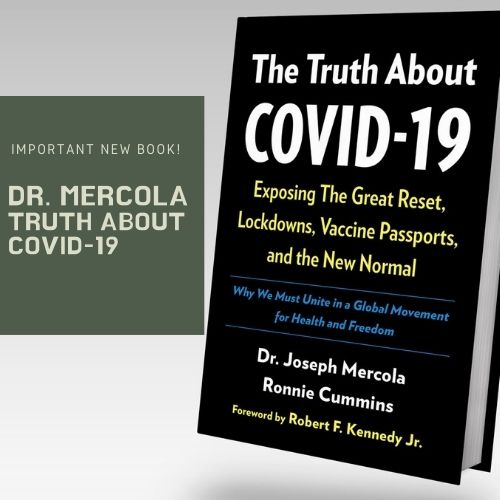
Thinking about getting a tattoo? You might want to hold off on getting inked. The pigment used to create tattoos may increase your risk of developing chronic diseases.

Cheap tattoo inks may contain dangerous compounds that are toxic to human health. According to Ali Le Vere, B.S., B.S., a medical blogger, tattoo ink may even contain nanoparticles, which are "associated with a litany of ill health effects."
Tattoos are more popular now than ever before. While they tend to signify our rebellious nature, those who ink themselves up still may want to know the very real health risks involved in embedding potentially toxic chemicals under their skin. It is estimated that some 80 million people in the U.S. today are tattooed, and simultaneously, chronic autoimmune and inflammatory illnesses are also widespread.
There are a number of links between tattooing oneself and chronic health issues, and while many doctors may recognize this in their patients, there is little public awareness of this connection. Part of the problem is that tattooing is primarily unregulated, resulting in a wide-range of products being used, with little awareness by the consumer.
“Pigments and tattoo inks are not regulated by the US Food and Drug Administration. However, the Food and Drug Administration is examining tattoo inks to determine the chemical composition of the inks, learn how they react and break down in the body, how light and magnetism react with inks, and whether there are short- and long-term health hazards associated with ink formulations or methods of applying the tattoos.” [Source]
Not all tattoo inks are crated equal because different colors and shades require different ingredients to create the required color. Inks by different manufacturers and of different quality grades an vary wildly, there are even vegan inks now, but the basic science of tattoo is well-established.
“Tattoo inks are solutions comprised of a carrier and a colorant. The carrier is the fluid that is used to transport the colorant to the application location. It may contain glycerin, water, isopropyl alcohol, and witch hazel.
Tattoo colorants are typically pigments — intensely colored compounds that can reflect light in the visible region of the light spectrum — as opposed to dyes, which require a physical or chemical interaction to be anchored into place. In other words, dyes must react with the surface of the skin to develop their color and stay in place. Conversely, pigments provide color without needing a chemical reaction, and are held in place by intermolecular or physical forces.
Historically, pigments used in tattoo inks derived from mineral or geological sources to produce certain colors and hues. For example, carbon (carbon black) and iron oxide were used to produce a black ink. Cinnabar, a mercury sulfide compound, was used to produce red hues. Cadmium compounds, such as “cadmium red (CdSe)” or “cadmium yellow (CdS or CdZnS),” were used to produce shades of red, orange, and yellow.
www.wakingtimes.com
Image courtesy of: govedaricalazar






